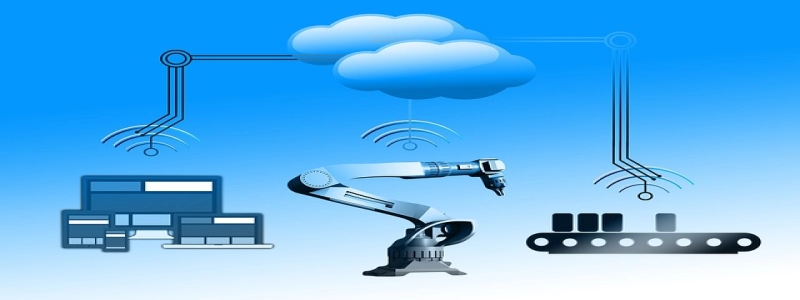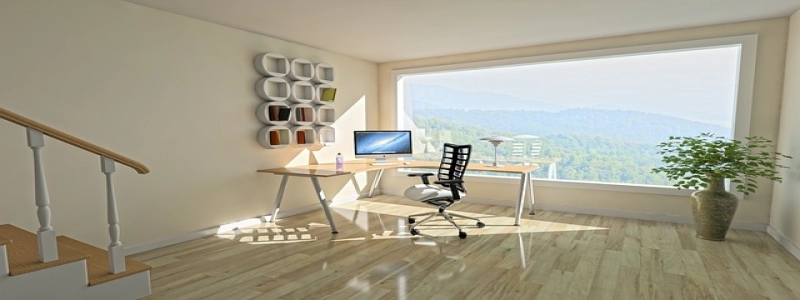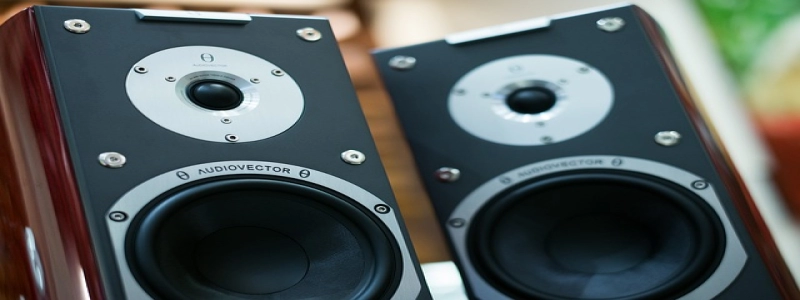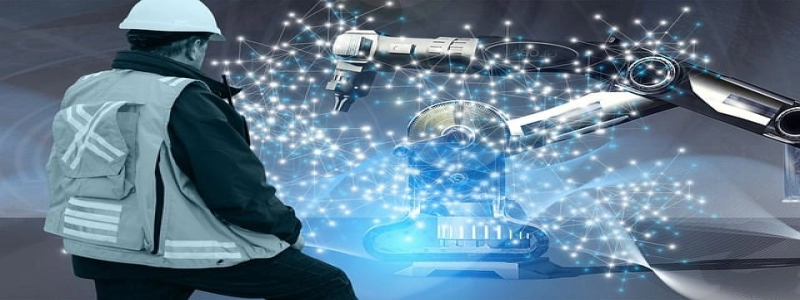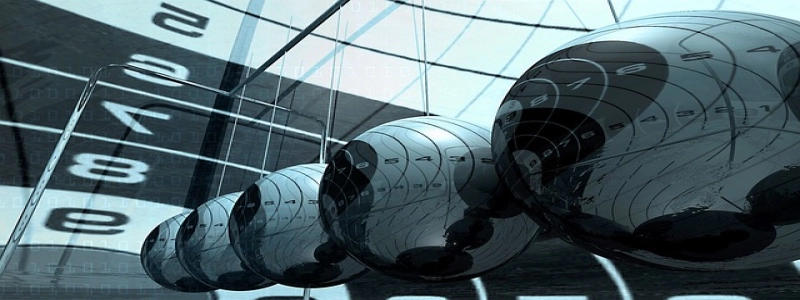Can Ethernet Cable Run Next to Electrical?
Introduction
In today’s digital age, having a stable and reliable internet connection is crucial for both personal and professional use. Ethernet cables are commonly used to provide these connections, but a common question that arises is whether they can be run next to electrical cables. In this article, we will explore this topic in detail and provide you with the necessary information.
1. Understanding Ethernet Cables
Ethernet cables are a standard for wired network connections. They are typically made of carefully twisted pairs of copper wires and are designed to minimize signal interference and maintain high-speed data transfer. The cables come in different categories, such as Cat5, Cat6, and Cat7, each with varying properties and capabilities.
2. Electrical Interference
Electrical cables carry alternating current (AC) and generate electromagnetic fields. These fields can potentially interfere with Ethernet cables, leading to signal degradation and reduced network performance. The interference can manifest as data packet loss, slower connection speeds, or even physical damage to the cables.
3. Separation Guidelines
To mitigate the risk of interference, it is generally recommended to keep Ethernet cables a safe distance away from electrical cables. The exact distance can vary depending on several factors, including the quality of the cables, the specific scenario, and the category of the Ethernet cables. However, a commonly suggested distance is at least 12 to 18 inches of separation.
4. Physical Separation
Physically separating Ethernet and electrical cables can be achieved through various methods. These include installing separate conduits or cable trays for the cables, using different pathways or wiring channels, or keeping the cables on separate sides of a wall or floor. These measures help minimize the chances of interference and ensure optimal network performance.
5. Shielded Ethernet Cables
One effective solution to mitigate electrical interference is to use shielded Ethernet cables. These cables have an additional layer of shielding material that further reduces the impact of electromagnetic interference. Shielded cables are often labeled as STP (Shielded Twisted Pair) or FTP (Foiled Twisted Pair).
6. Professional Installation
If you are uncertain about running Ethernet cables near electrical cables or want to ensure the best network performance, it is advisable to consult a professional network technician or electrician. They can assess your specific situation and provide guidance on the best practices for cable placement and installation.
Conclusion
While it is generally not recommended to run Ethernet cables next to electrical cables, it is possible to do so with proper precautions. Adequate physical separation, utilizing shielded Ethernet cables, and seeking professional advice are some of the key measures to ensure minimal interference and optimal network performance. By following these guidelines, you can confidently set up your network infrastructure without compromising on speed or reliability.
